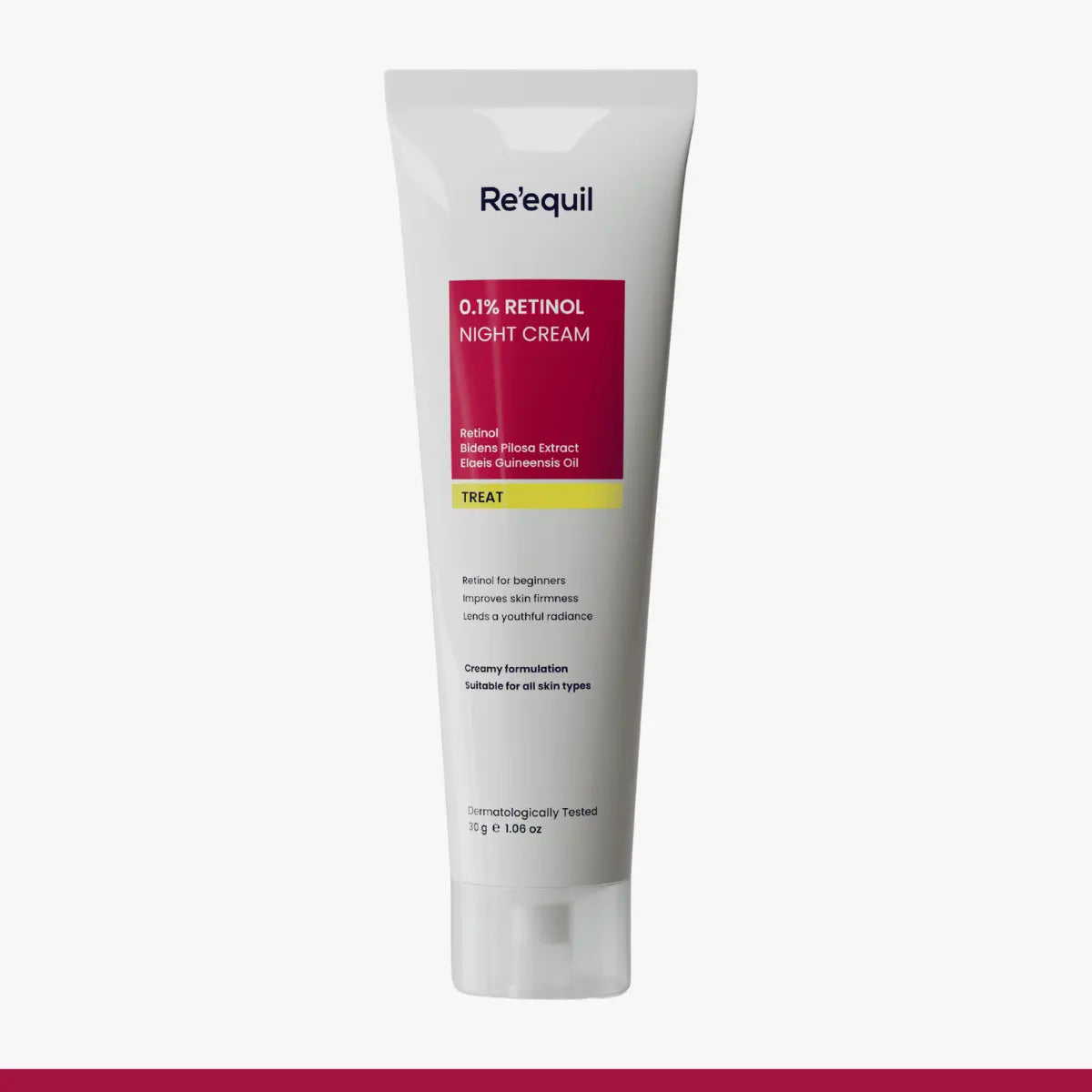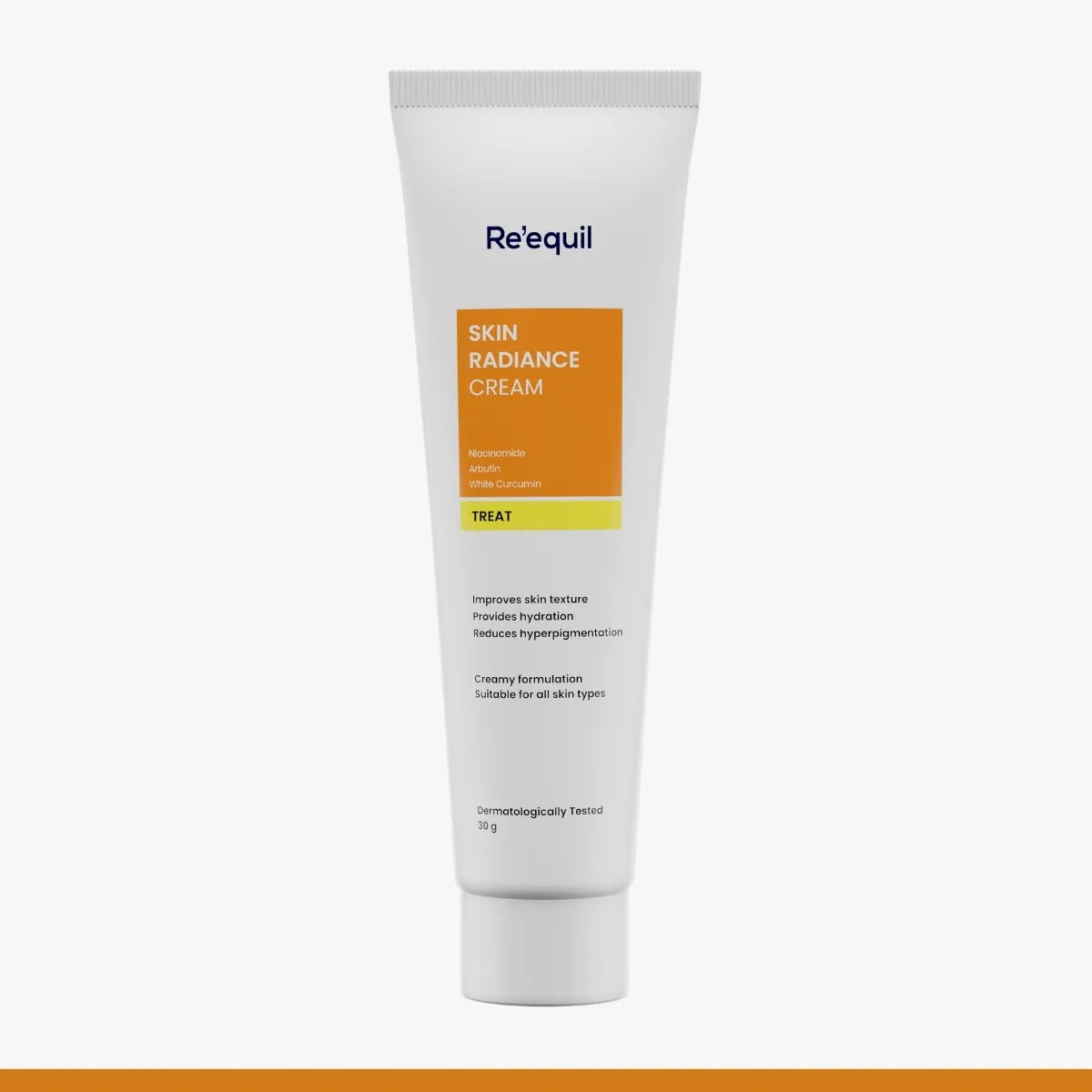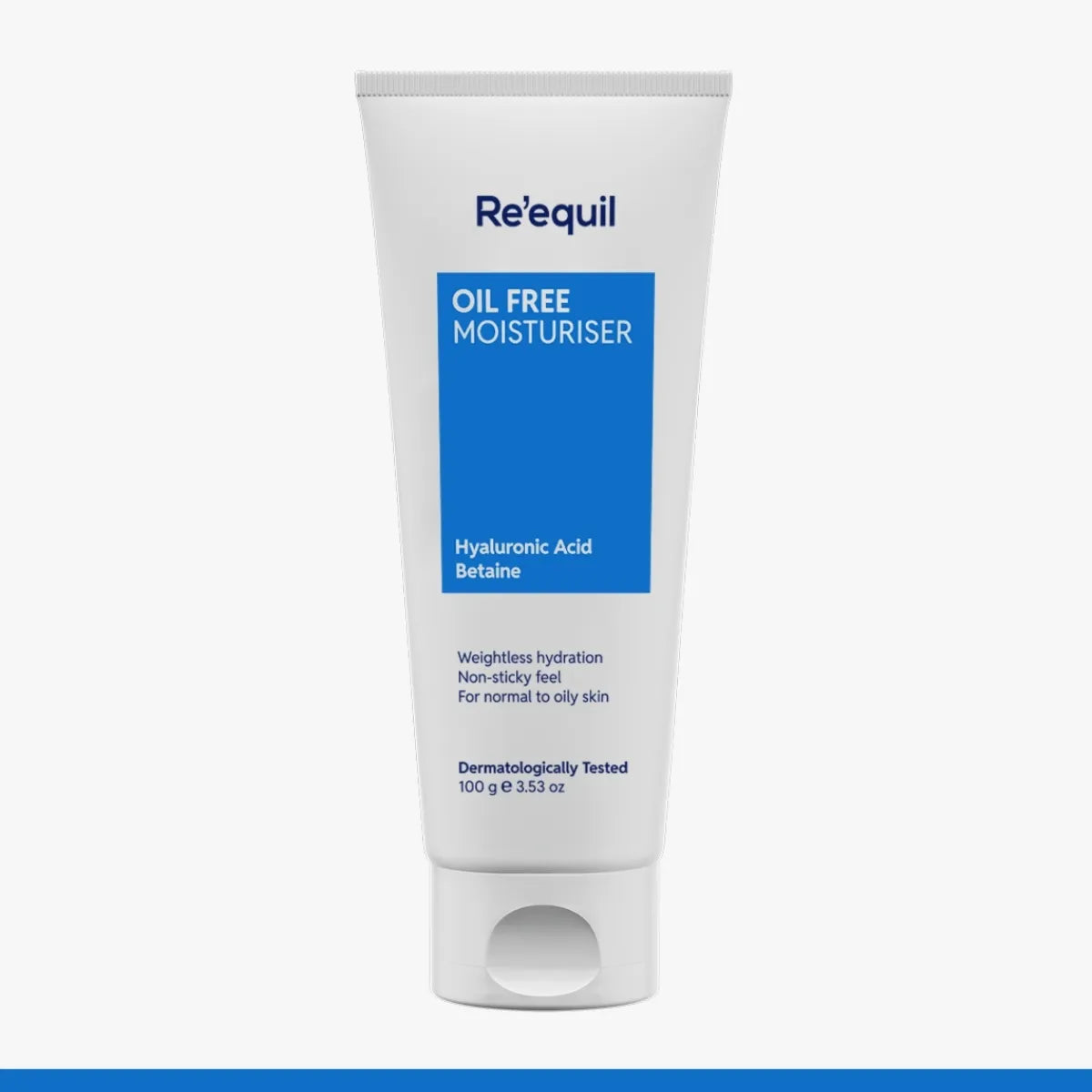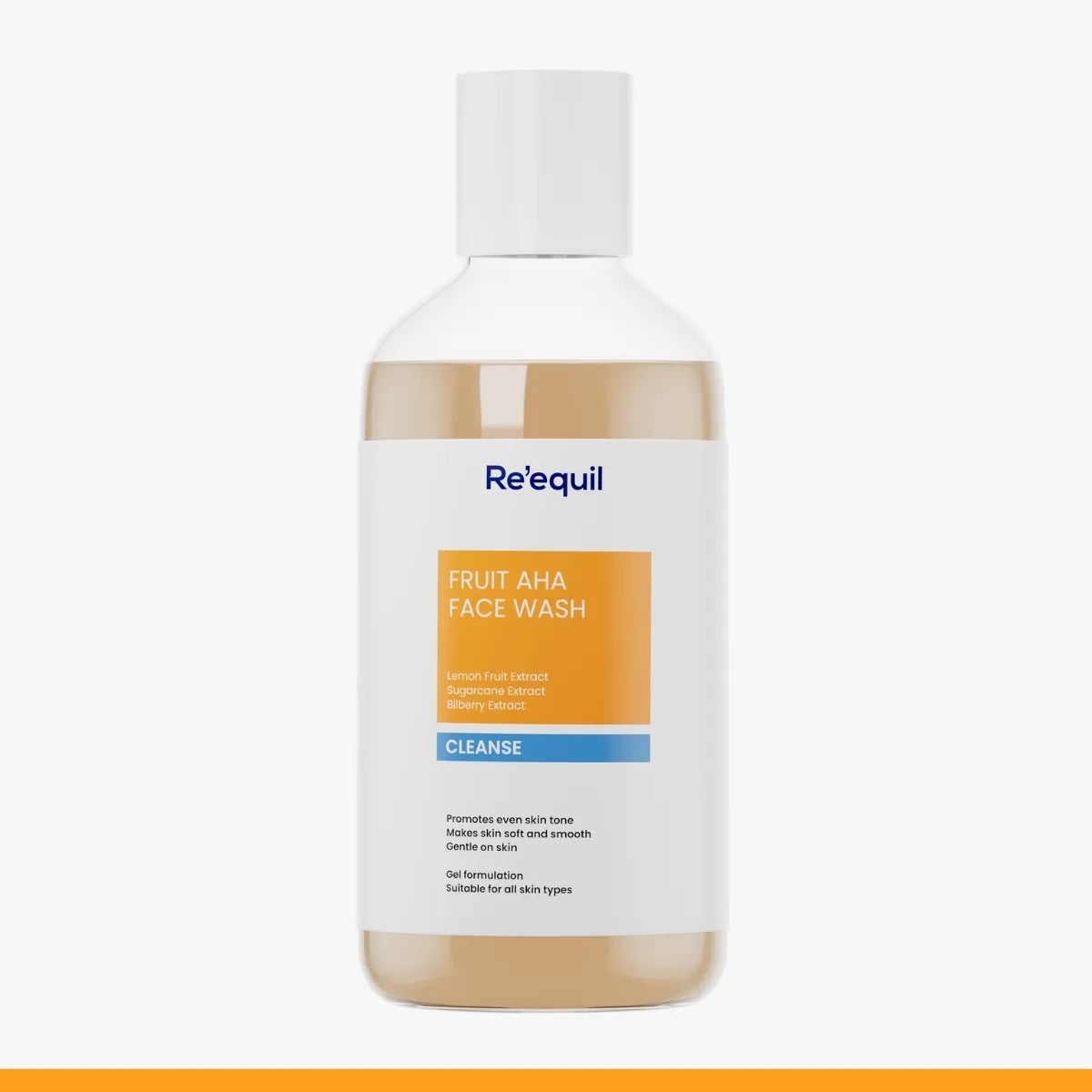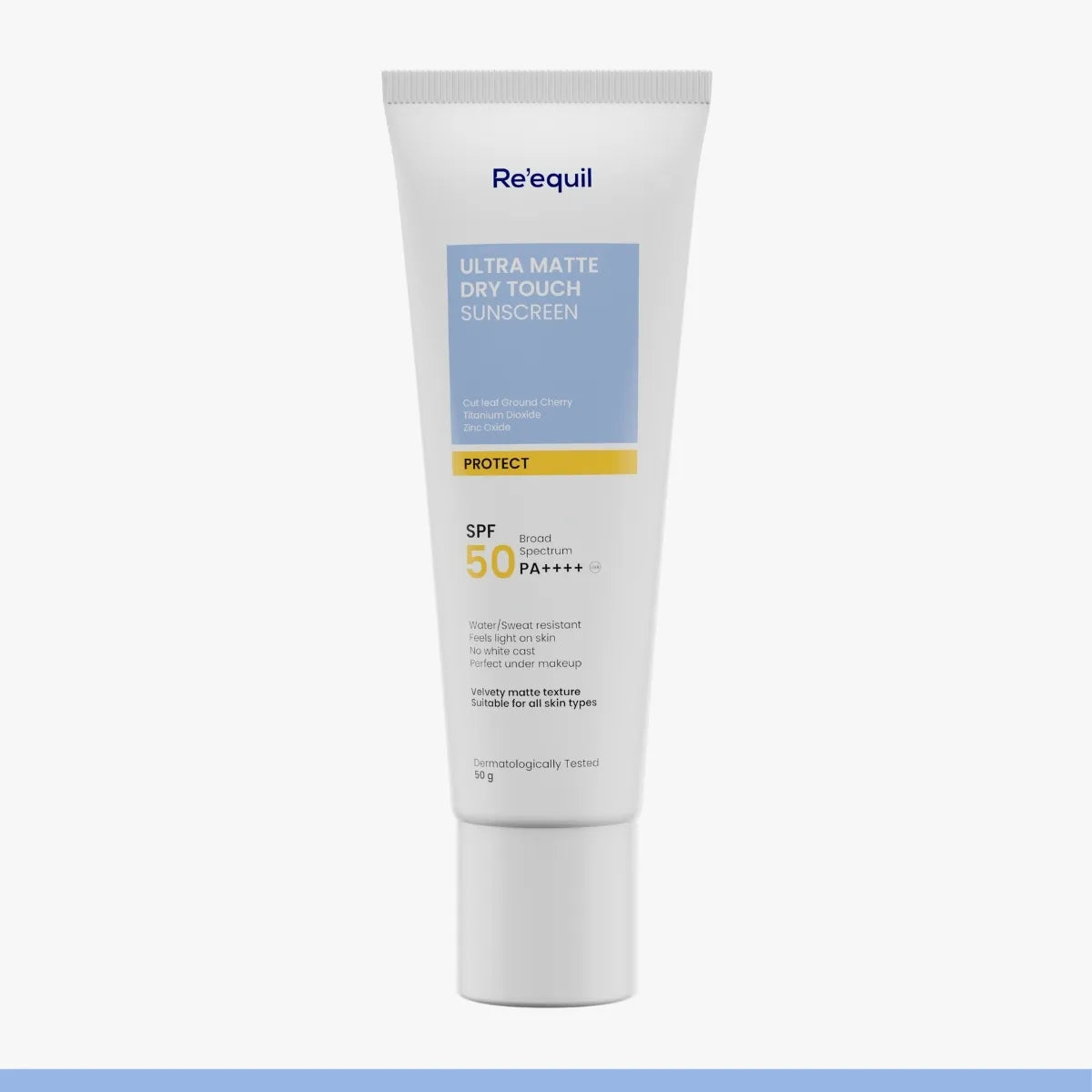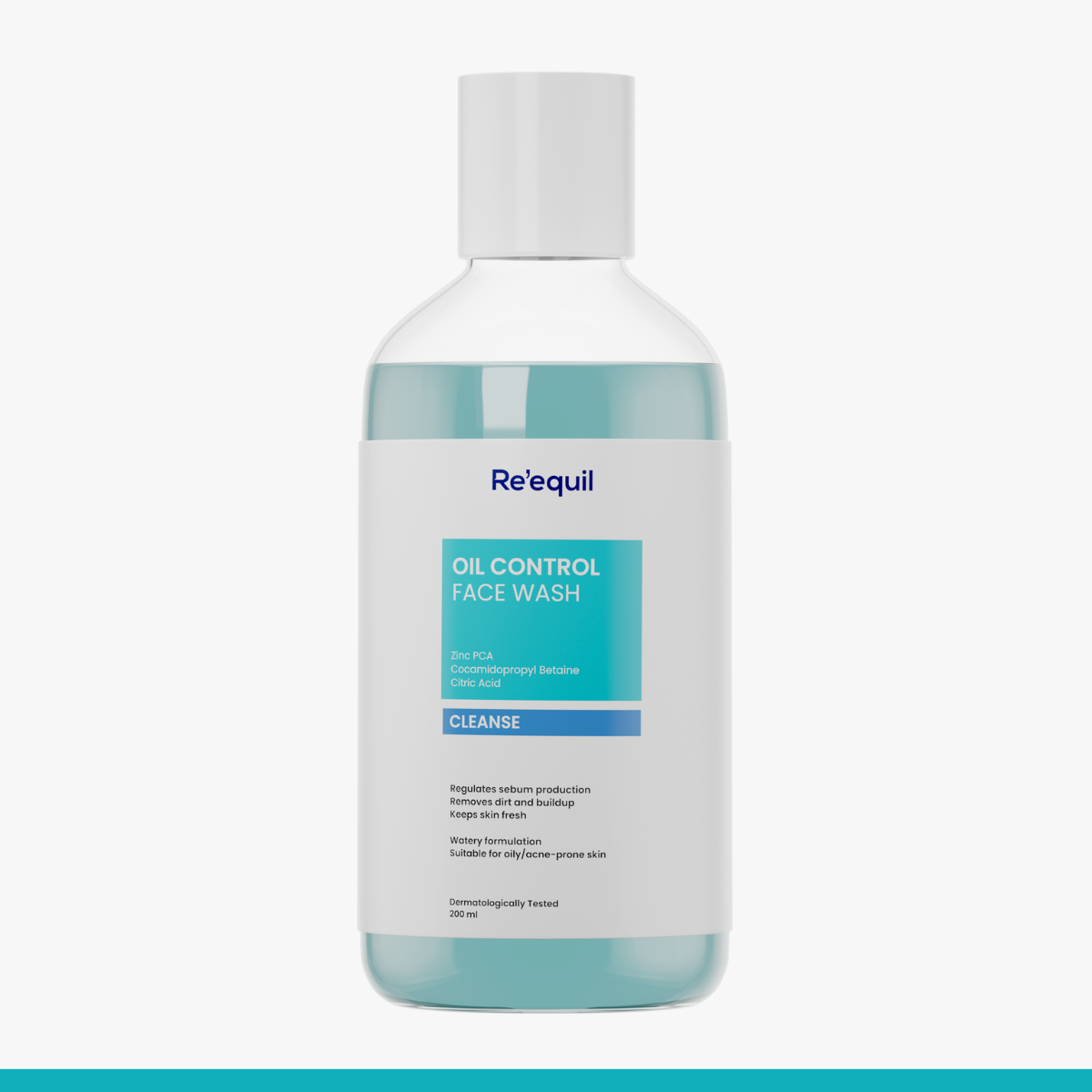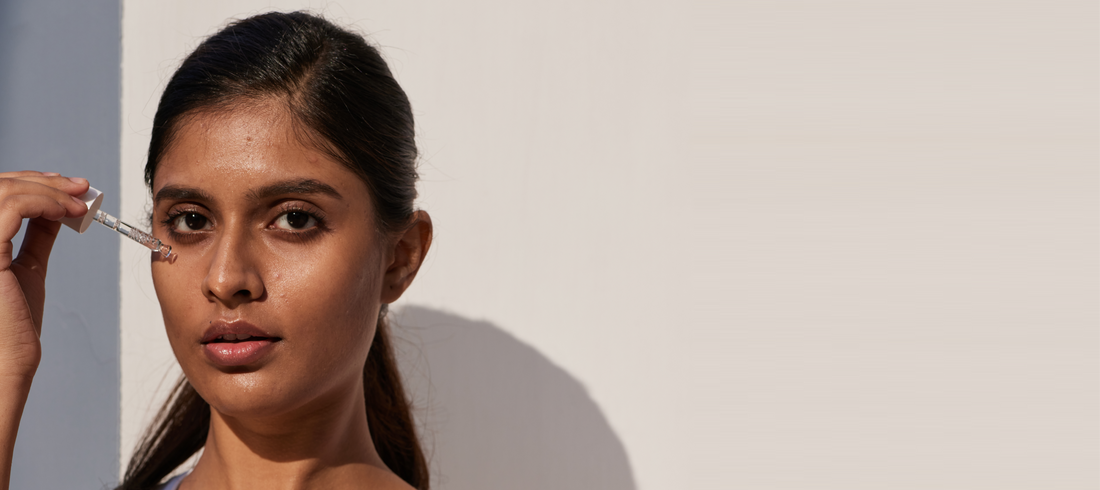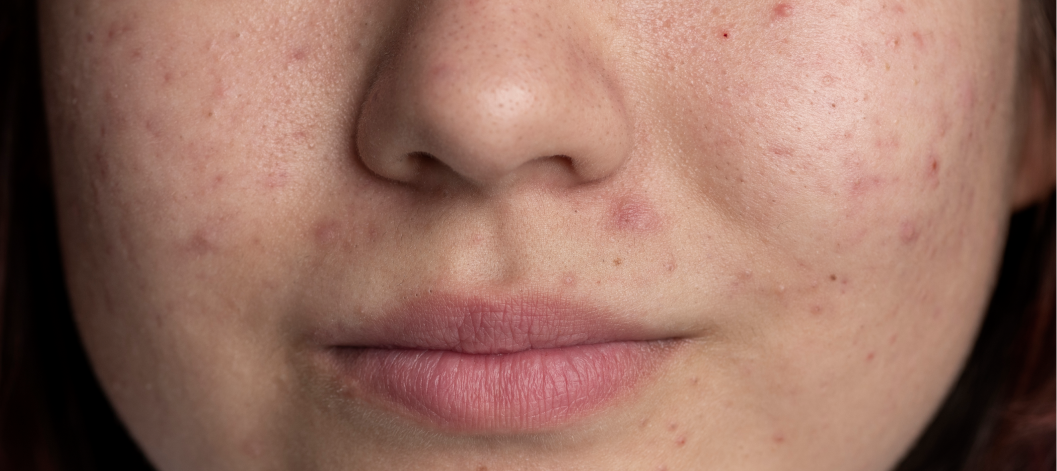Have you ever looked in the mirror after a long day and thought your skin just looked… off?
Not tired exactly.
Not dry either. Just not right.
You might not see dirt, but your skin knows it’s been exposed to pollution.
We usually worry about what we eat or the products we use—but what about the air we walk through every day?
Pollution isn’t just a health hazard. It’s a problem for your skin too.
And it’s one you probably haven’t given enough attention to.
Let’s break down exactly how pollution affects your skin—and what you can do about it starting today.
What’s actually in pollution and how it affects your skin
Pollution isn’t just dirty air—it’s made up of tiny, harmful particles and gases.
Some of the worst for skin include:
-
Particulate matter (PM2.5)
-
Ozone (O₃)
-
Nitrogen dioxide (NO₂)
-
Polycyclic aromatic hydrocarbons (PAHs)
These particles are so small that they can settle on your skin and sneak into your pores.
A study published in the International Journal of Molecular Sciences found that these pollutants damage the skin’s outer barrier, dry it out, and make it more sensitive.
Once your skin barrier is compromised, it’s easier for irritants to get in and cause inflammation.
Can pollution cause breakouts, irritation or redness?
If you’ve noticed more acne or sensitivity since moving to a big city or spending more time outdoors, you’re not imagining things.
Pollution causes oxidative stress in the skin, which triggers inflammation.
That inflammation can lead to:
- Breakouts
- Eczema flare-ups
- Skin rashes
- Dry, itchy patches
According to research in Frontiers in Pharmacology, exposure to urban air pollution increases inflammatory signals in the skin like IL-1α and TNF-α—both of which are linked to acne and irritation.
Can pollution cause premature ageing?
You already know sun damage causes wrinkles. But did you know pollution can age your skin just as much?
Over time, pollution reduces the amount of collagen and elastin in your skin—the proteins that keep it firm.
This happens because pollutants trigger the release of enzymes (called MMPs) that break down these proteins.
A study in Environmental Health Perspectives followed over 800 women and found that those exposed to high levels of pollution had more dark spots and deeper wrinkles—independent of sun exposure.
Can uneven skin tone be the cause of pollution?
One of the most overlooked effects of pollution is hyperpigmentation. That means:
- Dark spots
- Uneven tone
Pollutants like PAHs activate a receptor in your skin (called AhR) that can increase melanin production.
A 2020 study in Toxics confirmed this link, especially in people with darker skin tones who are already more prone to pigment issues.
And since pigment cells tend to “remember” damage, these spots can last much longer than your usual acne mark.
How to protect your skin from pollution?
Pollution is hard to avoid. But the good news is—your skincare can help. You don’t need 10 steps. You just need smart, targeted ingredients.
Use an Antioxidant serum every morning
Pollution causes oxidative stress, so your best defense is antioxidants. These ingredients help neutralize damage before it harms your skin. Some top picks:
- Vitamin C
- Niacinamide
- Resveratrol
- Ferulic acid
A clinical study published in Dermatologic Therapy found that using a serum with 15% vitamin C visibly reduced pollution-related pigmentation and roughness within 12 weeks.
Cleanse gently but thoroughly
Pollution particles mix with the oil on your skin and clog pores.
That’s why cleansing matters. But harsh scrubs and foaming cleansers can strip your skin barrier and make things worse.
Try double cleansing: first with an oil cleanser, then a gentle water-based one.
Support your skin barrier
A strong skin barrier keeps bad stuff out. Look for moisturizers with:
- Ceramides
- Fatty acids
- Cholesterol
A 2014 clinical trial found that ceramide-rich moisturizers helped reduce the skin’s absorption of toxic metals—suggesting they also block pollutants.
Final Takeaway: Your skin reacts to more than just products
Most of us focus only on what we apply to our skin.
But your skin is constantly responding to the world around you. If the air you breathe is dirty, your skin will show it.
The good news? You don’t need fancy routines. Just be smart:
- Protect your barrier
- Use antioxidants
- Cleanse without stripping
- And think about pollution like you already think about sun
Because your skin doesn’t just age from the sun. It ages from the city, the traffic, and the very air around you.
